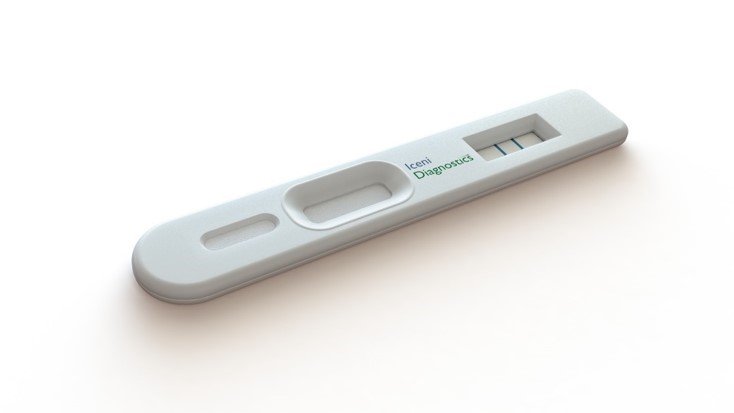Is sugar the sweet solution to rapid diagnosis of bacterial infections?
03 Nov 2016
Written by Prof Rob Field
Professor Rob Field is Project Leader in Biological Chemistry at the John Innes Centre, University of East Anglia in Norwich, UK. He is also CEO of Iceni Diagnostics.
Whether we are talking about bacteria, fungi, viruses or parasites, most infectious diseases involve the recognition of carbohydrates at some stage. Iceni Diagnostics, a young spin-out company from the John Innes Centre and the University of East Anglia in the UK, are working on ways to exploit this recognition for the development of cheap, fast and easy to use diagnostic tests.
Professor Rob Field, CEO of the company, explains that influenza virus, for instance, binds to specific carbohydrate (sugar) structures that are found on the surface of cells in the lungs and airways. This is an essential event that allows the virus to bind to and enter host cells, so that the virus can replicate – something that it can’t do independently. Human influenza binds specifically to sugars that are prevalent on human cells, while avian influenza instead binds to different sugars that are found on avian tissues. These sugars can be used to develop simple diagnostic tests that both detect influenza and discriminate between the human and avian forms of the virus.
This typifies the approach that Iceni Diagnostics is pursuing. We have research and development programs aimed at the detection of viruses, bacteria and protein-based toxins, such as cholera toxin. Our aim is to devise simple to use methods that require no scientific training or infrastructure and that give a result within 15 minutes – something similar to a pregnancy test, for instance.

Pathogens found in the food chain are major killers worldwide
A major focus for us lies in pathogens found in the food chain. The importance of this is supported by surveillance of infection risk in food supplies – farmed animals and crops – and the early diagnosis of diarrhoeal diseases in humans. These diseases are a major drain on health service resources worldwide and disturbingly they remain major killers in the developing world.
A key feature of our strategy is to enable rapid discrimination of bacterial from viral infection. This would allow early isolation of infected individuals as well as the informed prescription of antibiotics, saving this precious resource for only those patients who could benefit i.e. those suffering from bacterial infection. Viral infection would merit the prescription of completely different classes of drug. By fixing specific sugars onto metallic nanoparticles, we can detect the presence of the bacterial or viral molecules that bind that sugar. This is because the recognition of the sugar results in clustering of the nanoparticles, causing an easy-to-see colour change from red to blue.
Binding of sugars causes nanoparticles to produce a readable colour change.
Our underlying research is advanced and we are now working towards having prototype tests within the next 12 months, so that we can move to clinical evaluation and optimisation of the test. By developing a suite of designer sugars, we expect to be able to produce tests that will detect a wide range of infectious diseases, spanning medicine to agriculture.
